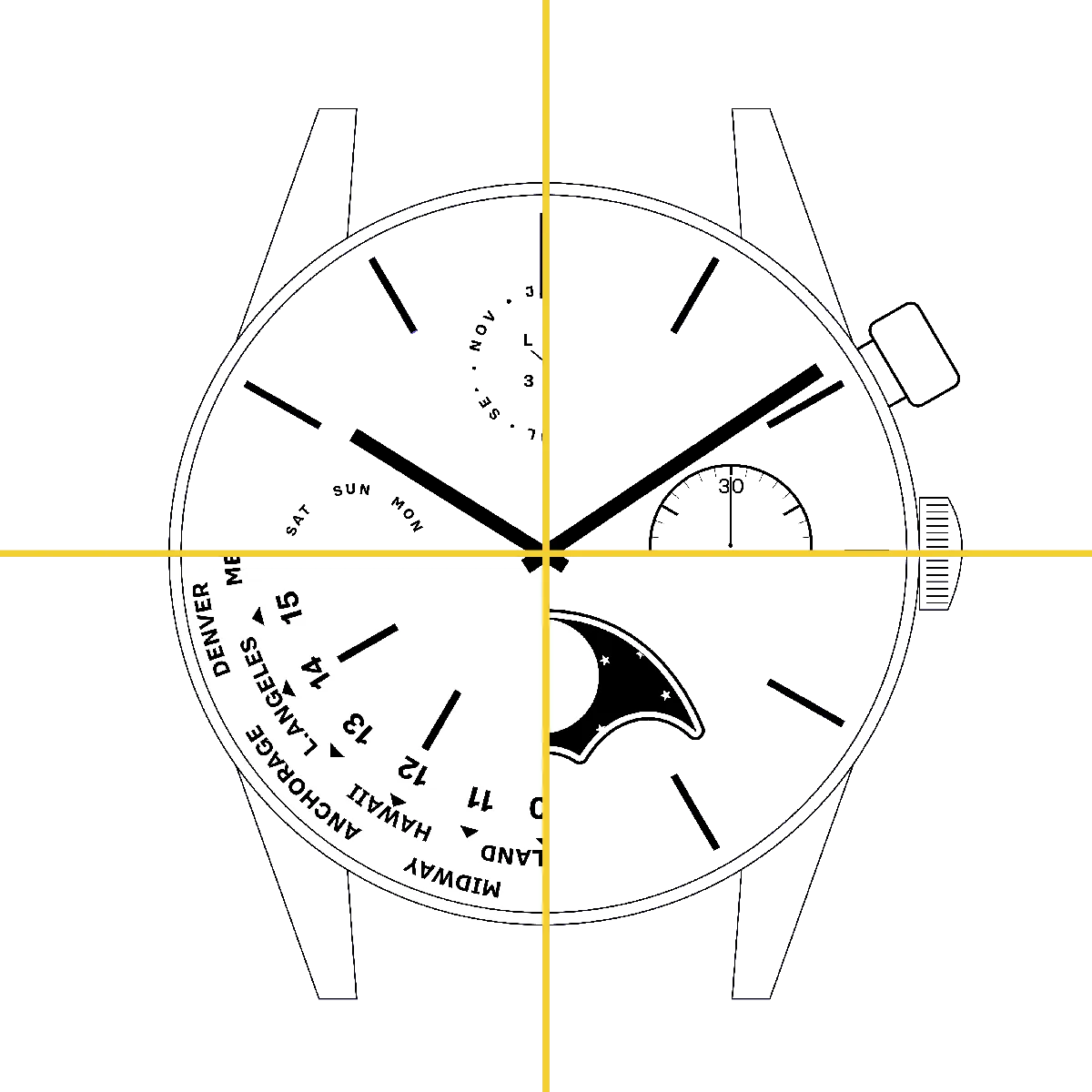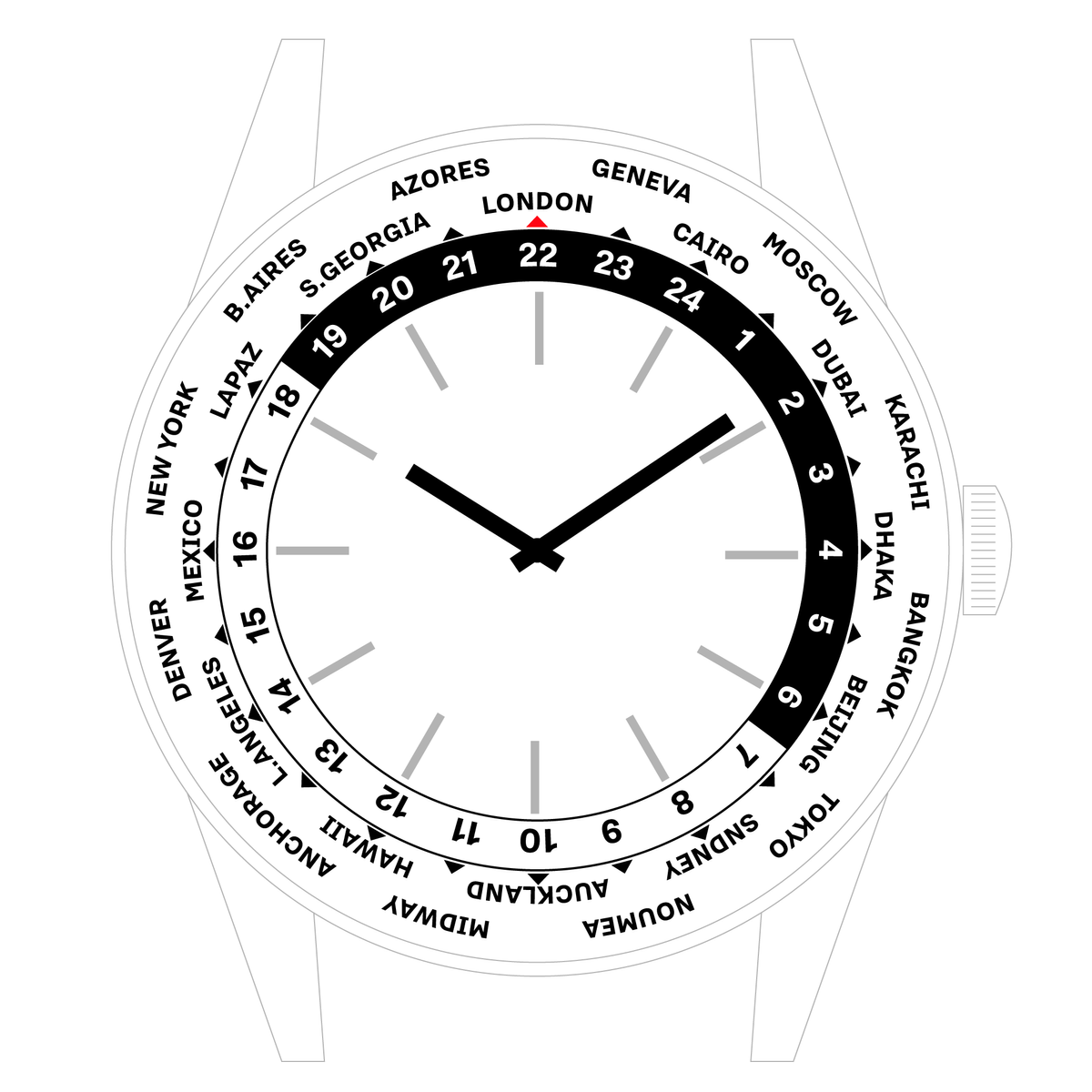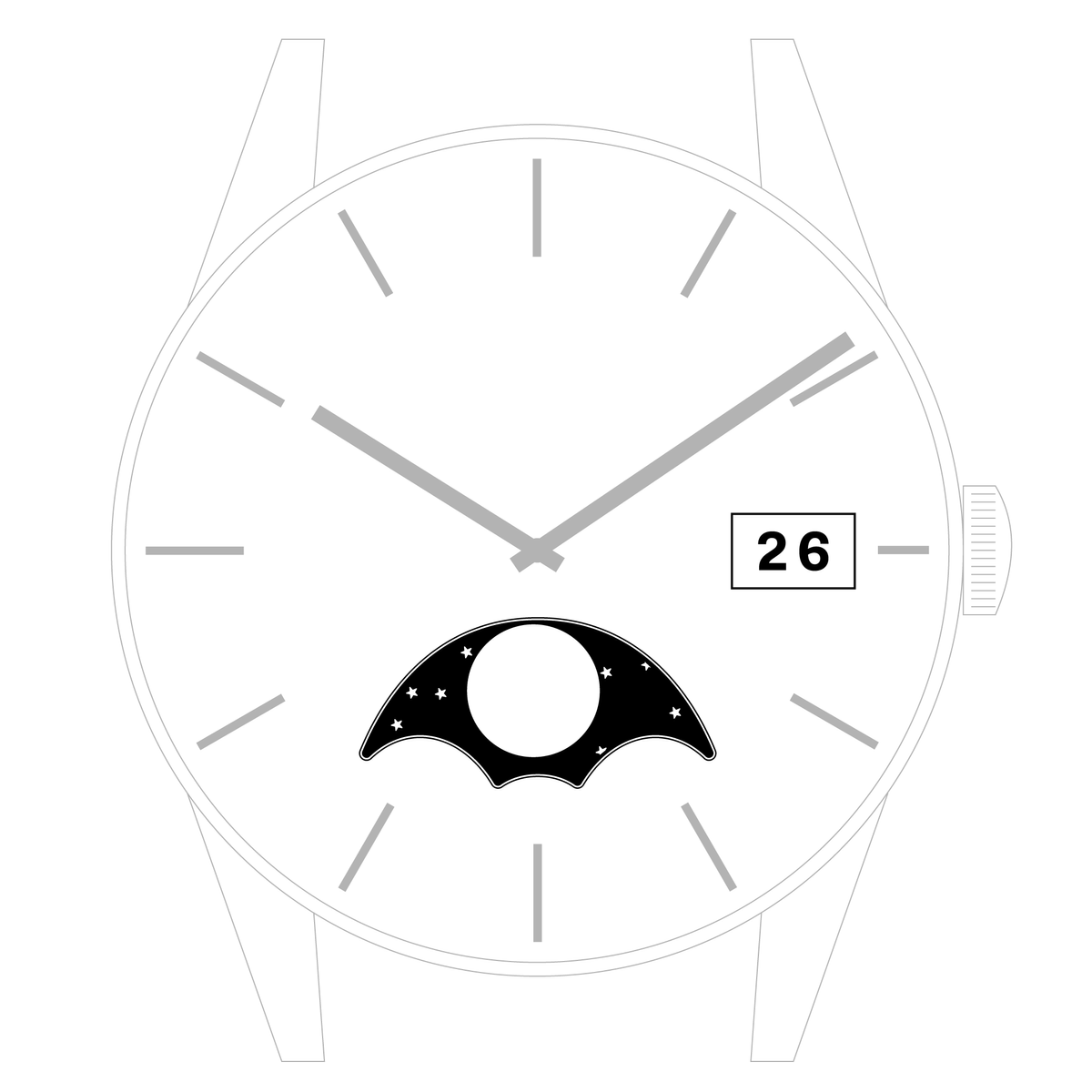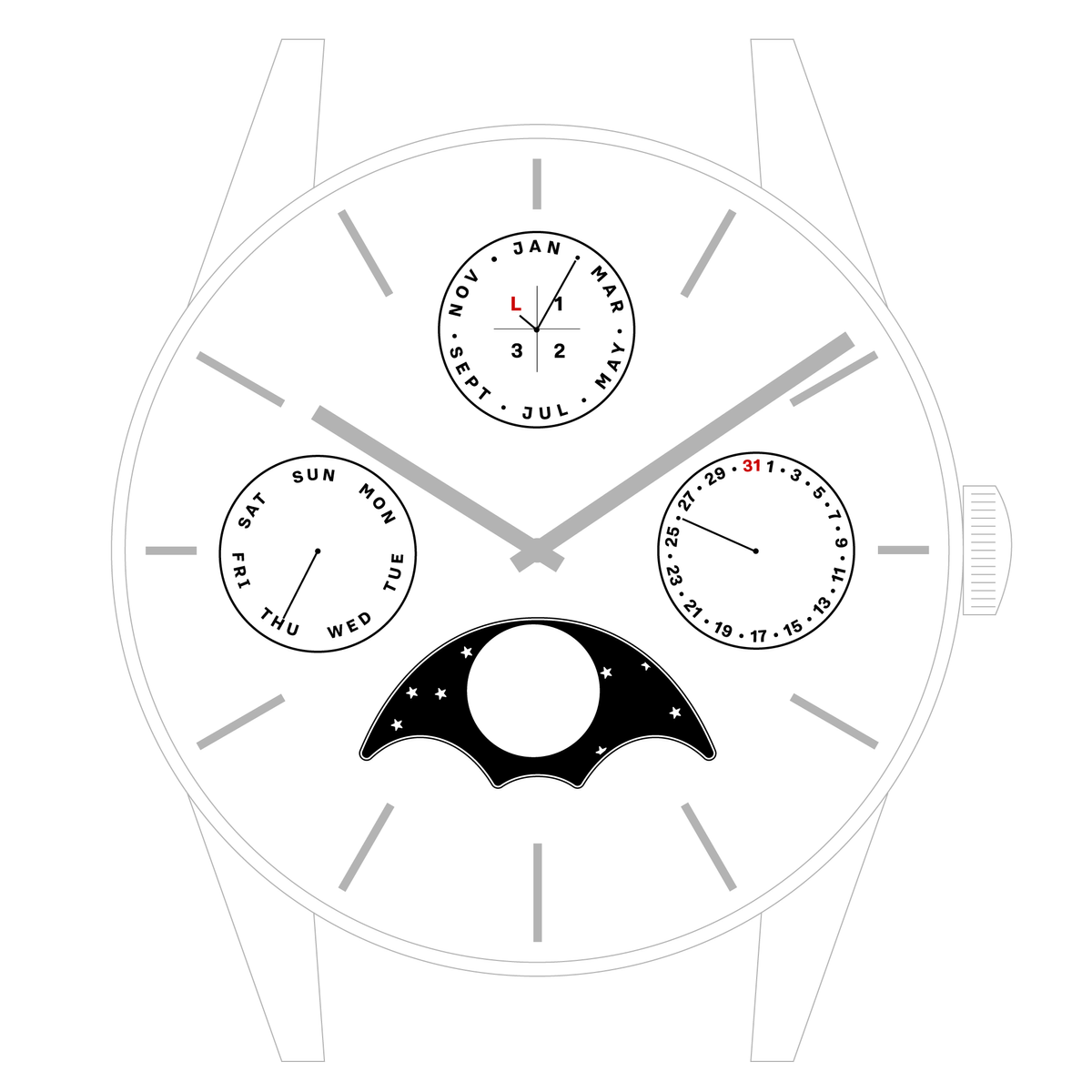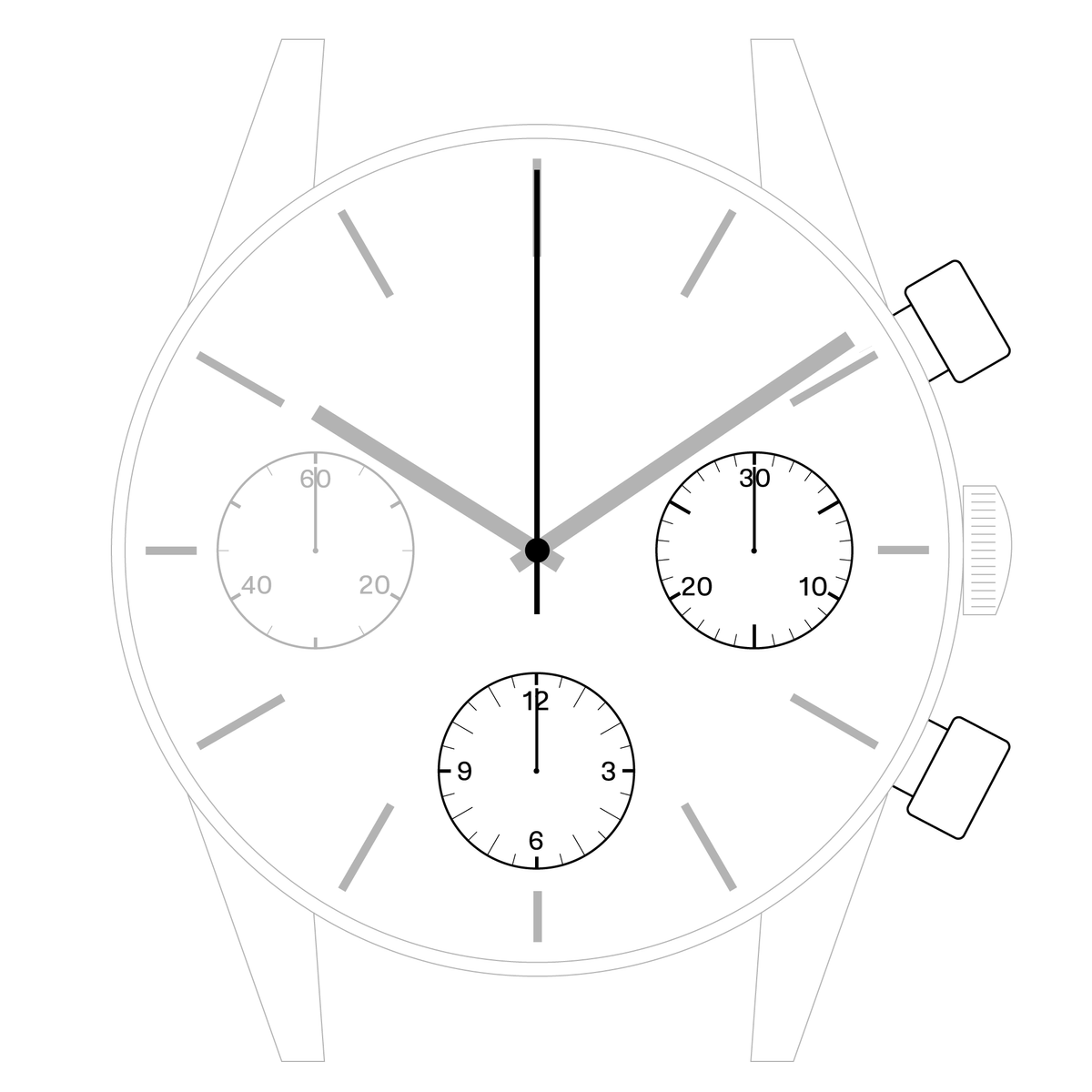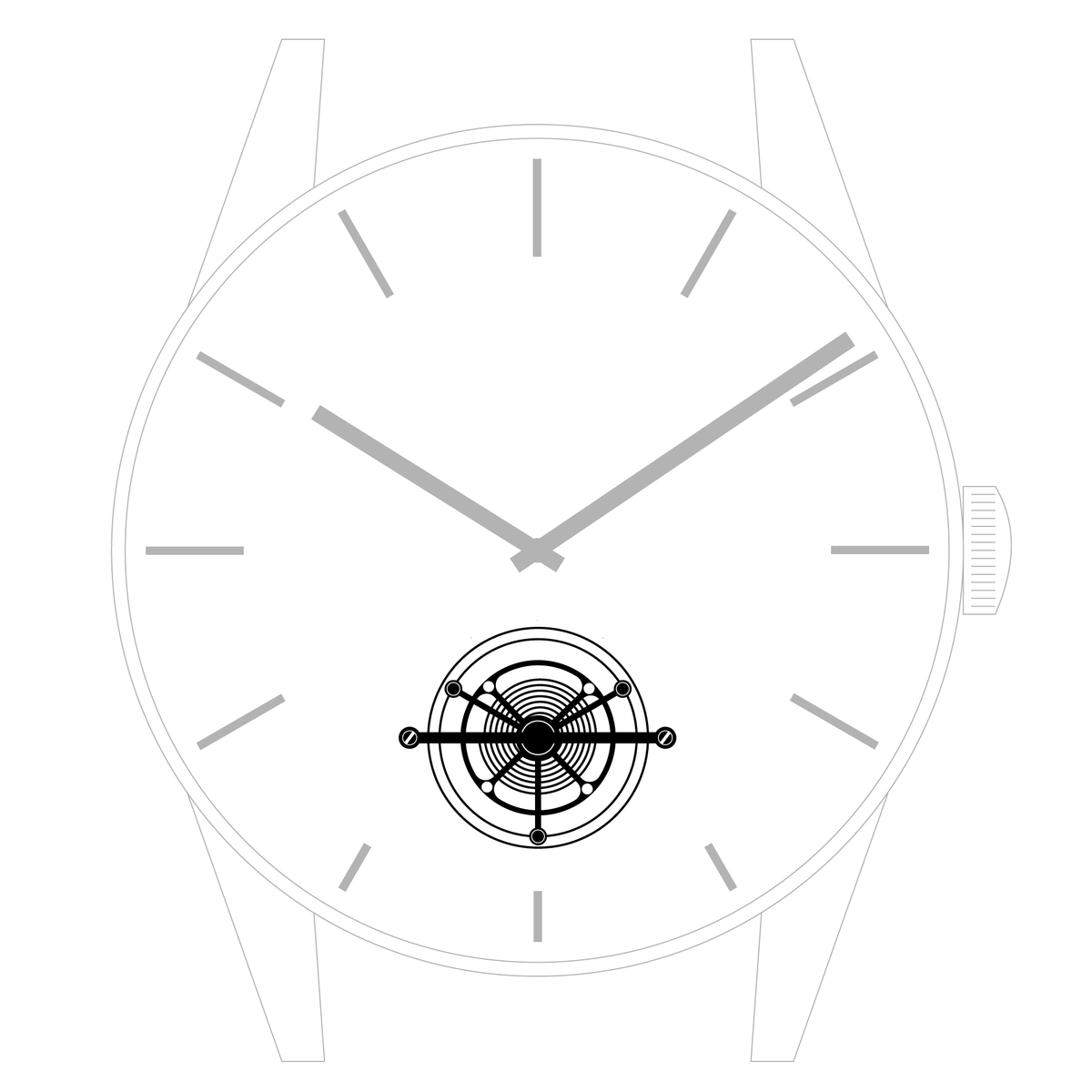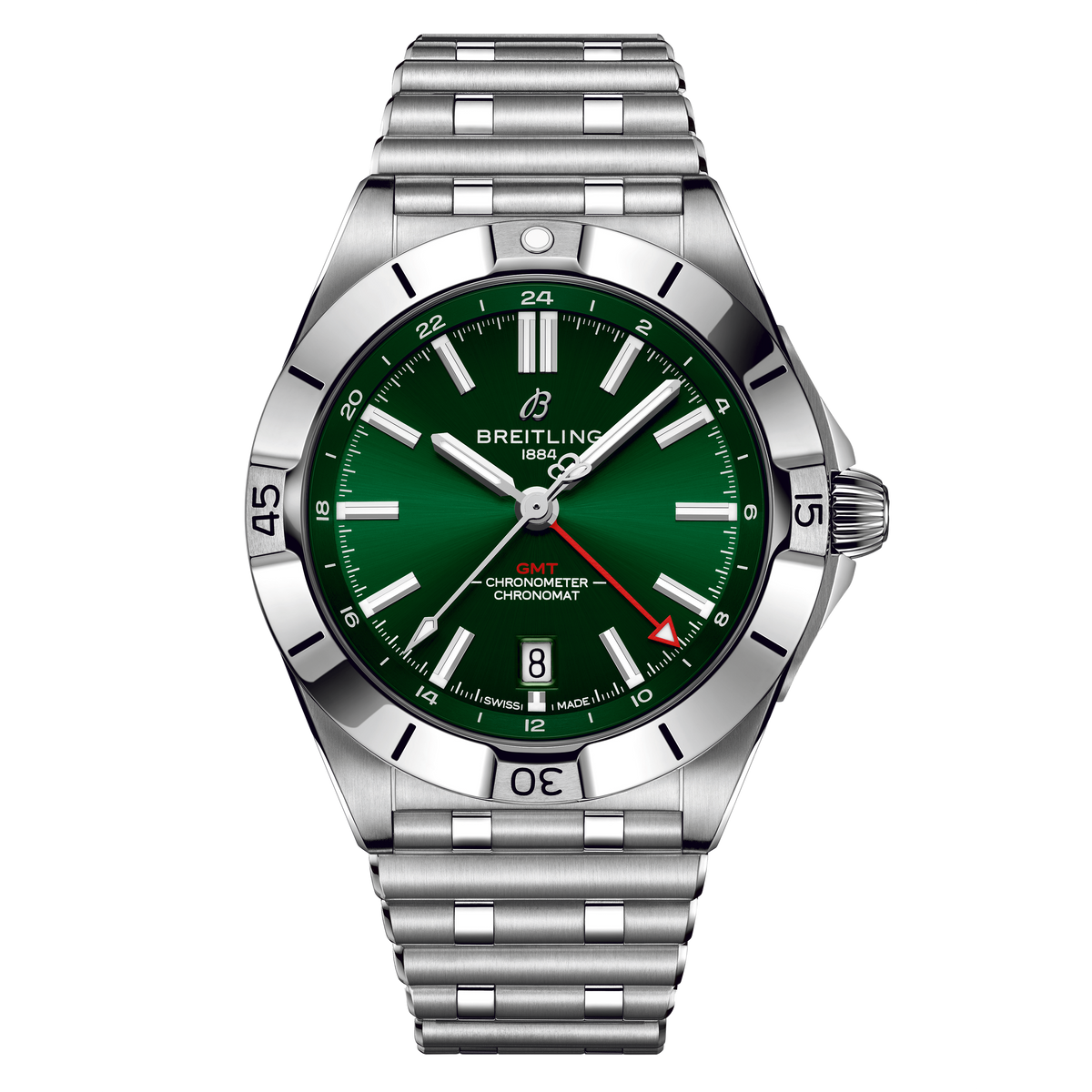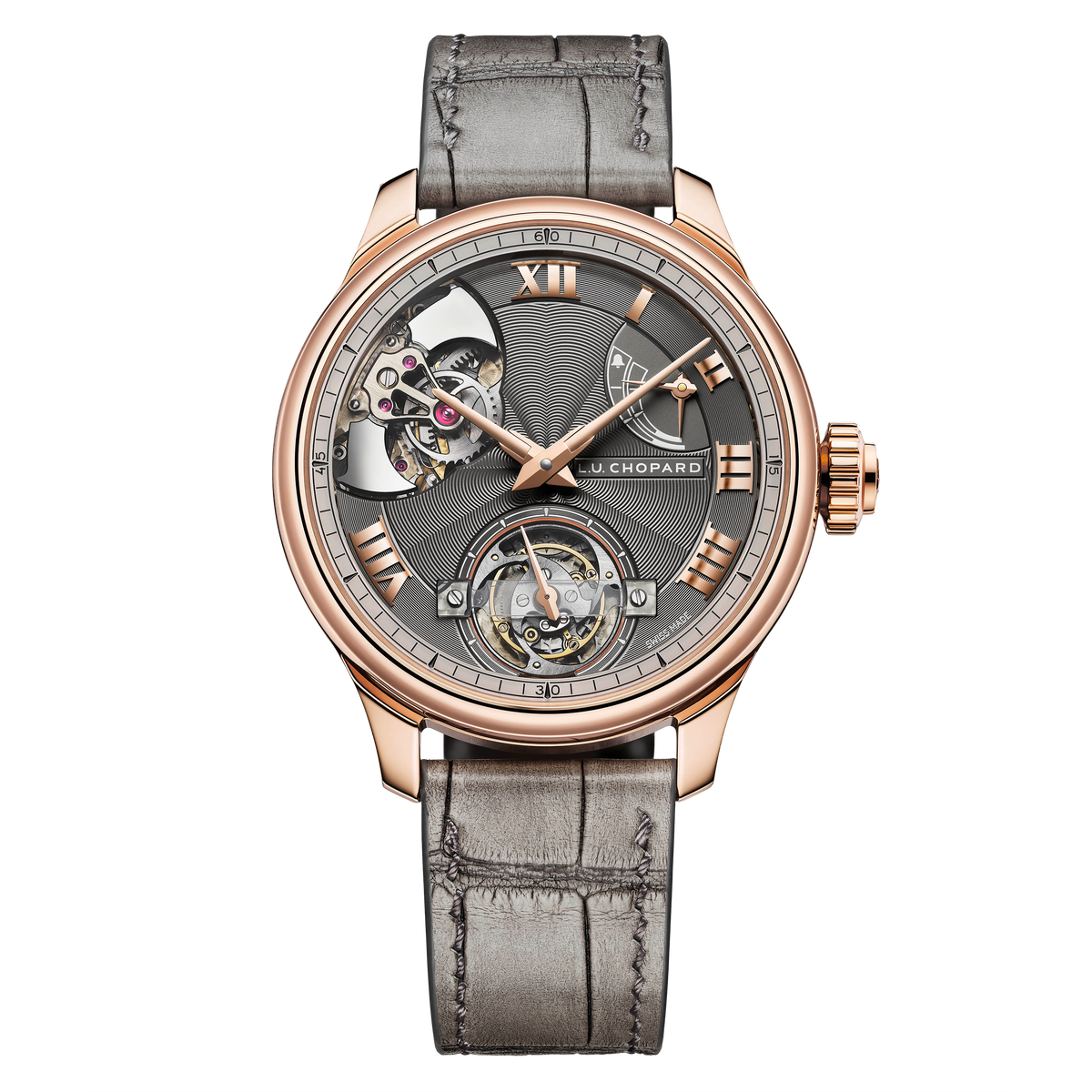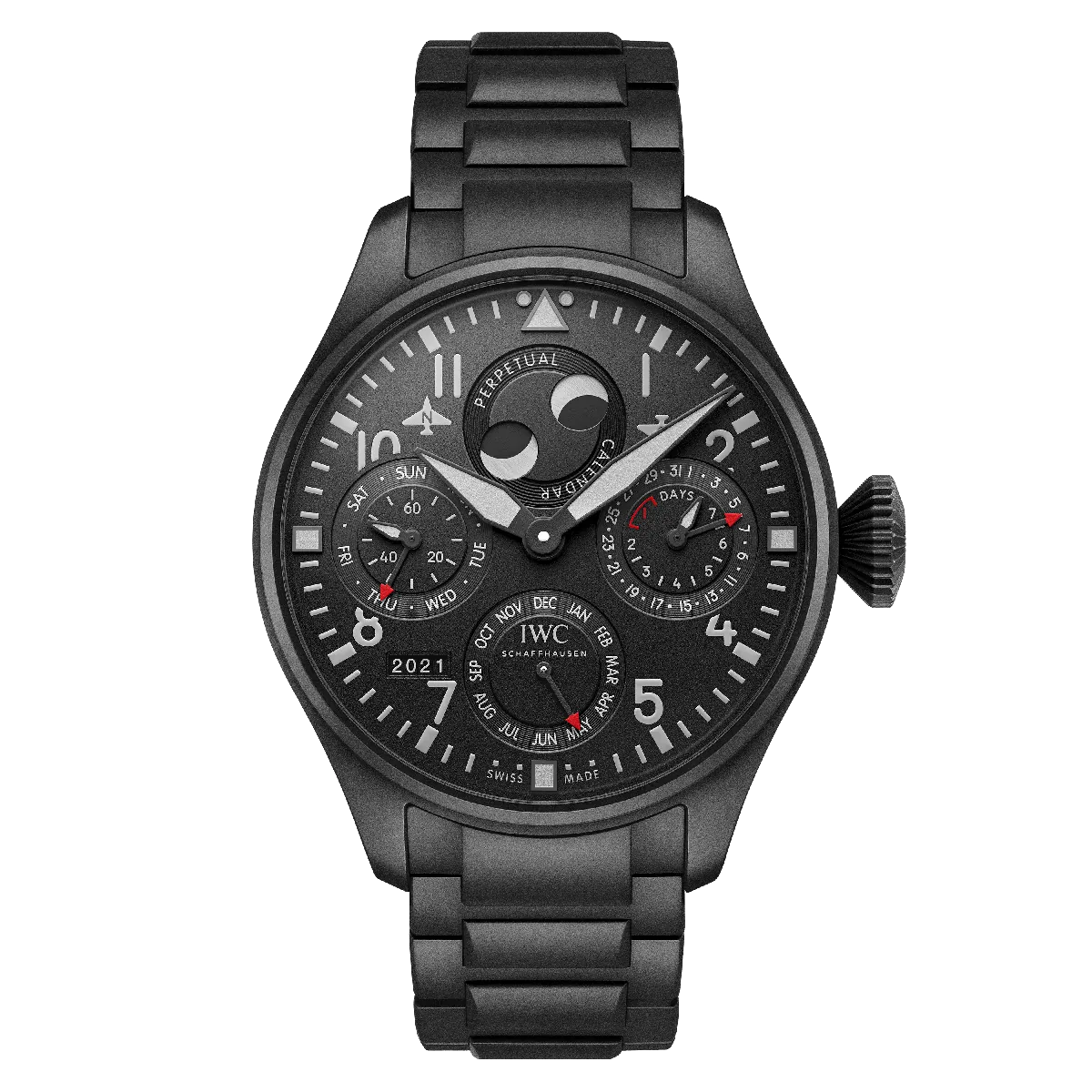On a more practical level, a complication is any feature other than the display of hours, minutes and seconds. The range of complications is such that they form several categories based on the functionality they provide. The main categories are as follows:
Watch complications. Watch complications. Watch complications. Watch complications. Watch complications
Watch complications. Watch complications. Watch complications. Watch complications
Watch complications
by Christophe Roulet
Complications are to watchmaking what gastronomy is to cooking, another, admittedly more complex, way of preparing ingredients to obtain an exquisite taste of time.
Useful complications
A useful complication is one that we use on a regular, even daily basis, such as GMT or world time for frequent travellers, or a power-reserve indication that tells us if our watch is sufficiently wound to perform all its functions correctly. Dive watches also come under this category. The most advanced dive watches incorporate features that are useful for underwater exploration, such as a depth gauge for calculating decompression stops when surfacing.
Striking watches
Striking (or chiming) complications are almost as old as watches themselves, dating back to an age when consulting the time at night meant first lighting a candle in order to see in the dark. Watchmakers overcame this inconvenience with mechanisms thanks to which the time is no longer seen but heard. Some striking watches sound each hour in passing, like a clock; others chime the hours, quarters and minutes on demand with a recognisable sequence of high and low tones. Alarm watches, which strike at a pre-set time to signal an appointment or, more prosaically, when it’s time to top up a parking meter, are derived from striking watches.
Astronomical watches
Horology is often described as descending from astronomy. Indeed, observations of the Sun, the Moon and the stars awakened Man to the notion of passing time and from there came the desire to measure its progression. Watchmakers have always sought to produce mechanisms which account for the different phenomena played out above our heads: moon phases, calendars, ephemerides, the position of the planets, a moving star map, etc. While the majority of these functions are of limited practical use in ordinary life, they are remarkable constructions that connect us with the wider universe.
The one exception is the calendar in its various executions, from a simple calendar (that must be adjusted five times a year) to the complex perpetual calendar which mechanically tracks the Gregorian calendar (and its whims) without any need for adjustment until 2100.
Watches that measure short times
Originally used for astronomical observations, watches that precisely measure short periods of time have evolved alongside the need for reliable tool watches for aviation, the armed forces and, especially, for timing competitive sports such as motor racing. Watchmakers responded to the need for instruments that could rank the performance of man or machine with increasingly sophisticated mechanisms - until sports timing abandoned mechanical in order to benefit from advances made in electronic timers. The chronograph nonetheless remains one of the most popular complications, including for the enjoyment of seeing the different registers in operation.
Watches with special displays or regulation mechanisms
Because they do not provide an additional function, special displays are not complications in the strict sense. Nor is the tourbillon, originally devised to improve a mechanical watch’s precision. They are, however, complementary technical developments to a base movement, and for this reason jumping and retrograde displays, together with simple, flying and multi-axis tourbillons, are considered to be complications.
Grand complication watches
For centuries, watchmakers have put their expertise to the test and crafted watches that incorporate multiple complications of different types. Tradition dictates that a grand complication include at the very least a chronograph, a minute repeater and a perpetual calendar. Better still, add a tourbillon and you have four of the most prestigious complications in a single watch. As if this weren’t enough, certain manufacturers go above and beyond with models that contain upward of a dozen complications and more than a thousand components.
Useful complications
GMT/Dual time
Is this a good time to call? Frequent travellers and anyone with family on different continents know that the answer is: not always. If you want to avoid waking someone in the middle of the night, look no further than a watch that displays both local time and home time. On a GMT watch, local time (set to the time in your current destination) is shown by the central hour and minute hands. Home time is indicated by an additional hand, usually in a different colour or design, over a 24-hour scale. On a dual time watch, home time is displayed in a subdial on a 12-hour scale. A day/night (am/pm) indicator lets you know whether its daytime or night-time in this second time zone.
Because there is usually a full hour difference between time zones, local time is set forwards or backwards in one-hour increments using the crown or a pusher, while the movement continues to run. Mechanically, this is achieved by uncoupling the two hour wheels when both rotate at the same speed, completing one rotation in 12 hours. If one of the wheels rotates in 24 hours, a pinion halves this rotational speed. As an aside, the rotating bezel on a sports watch can be used to indicate a second time zone by setting the main marker on the bezel opposite the hour corresponding to the time (ahead or behind) in the second time zone.
World time
While some watches display the time in a third or even fourth time zone, others are engineered to simultaneously show the time in 24 time zones. They are known as world time watches or simply world timers. Local time is shown by the central hour and minute hands, completed by a 24-hour ring with a day/night indication next to a disc inscribed with the names of 24 world cities, each representing a time zone. Once local time has been set, the user aligns the corresponding city name with a fixed indicator, usually at 12 o’clock. The time in each of the other cities can then be read from the rotating disc. An alternative world time display, developed in recent years, gives a geographic view of time around the world in the form of one or two rotating globes.
Striking complications
Minute repeater
How to tell the time in the dark? In an age when luminous displays, along with electricity, were still distant inventions, watchmakers had the brilliant idea of having their watches sound the time, like church bells, with the additional sophistication that these mechanisms could be made to operate “on demand”, that is whenever the watch’s owner needed to know the time. No need to light a match to read the hour; simply actuate a pusher or slide in the side of the case to hear time chimed to the minute. Needless to say, containing church bells inside a pocket watch was not without difficulty. Mechanisms had to be miniaturised and the sound produced had to be clear, audible and on several tones in order to differentiate between hours and minutes. The construction of a minute repeater thus requires the skills of a watchmaker and those of an instrument-maker, condensed into the smallest of spaces. Little wonder, then, that the minute repeater is still considered to be the ultimate complication.
A minute repeater chimes the time by means of two hammers striking two gongs; in fact circular metal rings that fit around the inside of the case. Thanks to this configuration, a minute repeater strikes the hours on a low tone, the quarter-hours on a high and low tone, then the minutes on a high tone. A slide in the side of the case winds the spring that delivers power to the repeater mechanism and also triggers the chimes. The mechanism is a “mechanical memory” that gathers information from racks and cams (one for hours, one for quarters and one for minutes) which it then passes to the hammers so that they can strike the corresponding number of times. The minute repeater is, without any shadow of a doubt, an extraordinarily complex mechanism. Numerous factors influence the acoustic quality of the chimes, such as the materials used to make the gongs or the case (which acts as a sound box), the shape and position of the hammers or the gongs’ attachment points. In addition to a skilled hand, crafting a minute repeater requires a trained musical ear if the watch is to sound its “score” to perfection.
Astronomical complications
Perpetual calendar
Something we now take for granted, the calendar is nothing less than the first manmade organisation of time. From their observations of the apparent motion of the Sun and Moon, ancient humans deduced the regular recurrence of natural cycles. The earliest calendars date back to the third millennium BCE with numerous others appearing across different civilisations, some lunar, some solar and some lunisolar, all intended to mirror the rhythms of the universe as closely as possible. The most widespread calendar, adopted by the vast majority of countries for practical reasons, is the Gregorian calendar. This solar calendar – based on Earth’s orbit around the Sun – was introduced in 1582 by Pope Gregory XIII as a revision of the Roman-era Julian calendar, which had accumulated a large drift. As we all know, the Gregorian calendar comprises twelve months of varying lengths. Every fourth year is a leap year, with the exception of century years that are divisible by four hundred.
Watchmakers took on the considerable task of devising a mechanism that could breeze through the Gregorian calendar’s “quirks” without manual adjustment. This meant developing a movement capable of recognising months with 28, 29, 30 or 31 days over a four-year cycle. The solution came from a component known as a cam; a sort of mechanical memory with notches corresponding to the succession of months and which completes a rotation in four years. Having resolved the problem of the date, watchmakers added indications of the day, the month and the year to obtain a perpetual calendar. One of the most technically demanding complications, it is often paired with a moon-phase indication. Perpetual calendar owners can make a date for 2100, a century year that is not divisible by four hundred, to make that single manual correction of one day at end February. An experience that won’t happen again for another century.
Chronographic complications
Chronograph
Chronometer, chronograph: it’s easy to confuse the two, yet in horological language they are entirely different things. A chronometer is a watch whose precision has been tested and certified by an official body. In Switzerland, that body is the Contrôle Officiel Suisse des Chronomètres (COSC). A chronograph is a watch that measures short periods of time by means of additional hands. The chronograph mechanism can be started, stopped and reset to zero without affecting the watch’s timekeeping. A chronograph is generally operated by two pushers in the side of the case. They actuate a clutch which connects or disconnects the chronograph mechanism from the movement’s wheel train. Times measured by the chronograph are shown by a central seconds (or sweep seconds) hand and by subdials totalising elapsed minutes and, on certain chronograph watches, hours. This display is usually completed by small seconds; a third counter that shows seconds measured by the base movement and provides a useful indication that the watch is running. There are numerous other layouts but all come down to the same principle of time measured in seconds, even fractions of a second, minutes and possibly hours, in the most legible way possible.
A chronograph’s precision is determined by the beating of its mechanical heart, which is the balance wheel and balance spring assembly. The faster this heart beats, the smaller the fractions of measurable time. For a chronograph to measure tenths of a second, the movement must beat at 5 Hz or 36,000 vibrations per hour (which is 10 vibrations per second). At the same time as watchmakers have produced ever more precise chronographs, they have developed additional functions for different users. The flyback chronograph, for example, was devised for use by pilots in flight. A single push of a button simultaneously resets and restarts the mechanism, without stopping first. As for the split-seconds chronograph, it has two centre seconds hands, one of which can be stopped then restarted to catch up with the other (another name for the split-seconds chronograph is rattrapante, from the French verb meaning “catch up”). It is used to calculate intermediate times or measure several events with the same start time but different end points.
Regulation complications
Tourbillon
The debate over whether the tourbillon serves a useful purpose in a modern watch could fill entire tomes, although no-one would deny that Abraham-Louis Breguet’s invention, which he patented in 1801, was a stroke of genius as well as a major technical breakthrough. But what exactly is a tourbillon? The simple answer is a rotating cage housing two key components of a mechanical watch, namely the escapement (which distributes power from the mainspring) and the balance wheel (which regulates the escape wheel’s rotation). As gravity pulls on these components, it disrupts the balance’s oscillations. By rotating on its axis, this cage has the balance and escapement adopt different positions, thereby eliminating errors in rate due to gravitational pull. In a pocket watch, which spent most of the daytime upright in a pocket and most of the night laid horizontally on a bedside table, the tourbillon was of the utmost benefit. The question being, is a tourbillon justified in a wristwatch, when the wearer’s arm movements provide a mix of positions at least equivalent to that produced by the rotations of the tourbillon’s cage?
The jury is still out… although the question hasn’t discouraged watchmakers from developing this complication. Still rarely seen up to the late twentieth century, because of the skill required to make it, the tourbillon has since become more “mainstream”. And considerably more complex. Today’s tourbillons are flying, meaning they are supported on one side only; they rotate around two or even three axis, with multiple cages one inside the other turning at different speeds; they are inclined or come in pairs. As for the orbital tourbillon, not only does it spin on itself; it also travels around the dial. The effects of Earth’s gravity have given rise to a mechanical ballet whose endless rotations capture our imagination.
Complications
Deepen your knowledge of complications by discovering them one by one.
